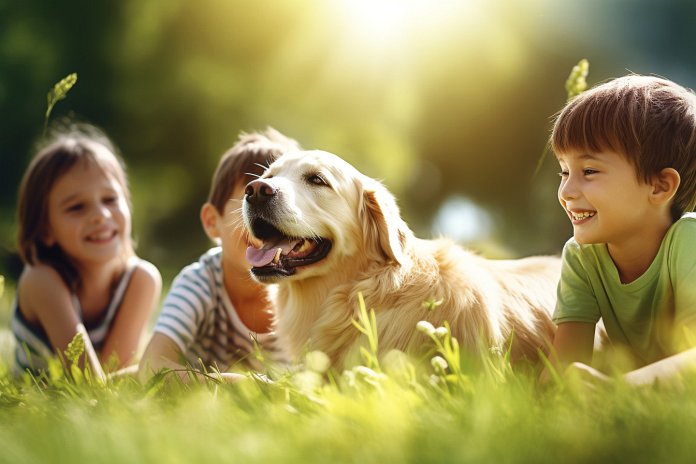
Assigning human traits and emotions to our dogs is common, but do they really understand things like we do? Studies have shown that dogs can feel some emotions, but not on the same level as humans. While many dog owners believe they understand their dogs deeply, there are only a few emotions that dogs can truly experience. Signs of a dog feeling care include displays of happiness, love, and attachment to their owners. Dogs show their love through cuddling, listening, and making their owners feel special. It is important for pet owners to support their dog’s emotional wellness and overall health.
Body Language:
There are various signs that indicate a dog knows their owner cares about them, such as head tilting, listening, wagging their tail, stretching, having a relaxed demeanor, rolling over for a belly rub, and inviting the owner to play. These signs show that dogs trust and feel loved by their owners.
History and Science:
In the past, it was believed that dogs only felt basic emotions and could only sense what they were taught. However, studies have shown that dogs are more intuitive and emotionally capable than previously thought. Dogs can feel anger, fear, joy, sadness, grief, happiness, and love. Research has also revealed that dogs have the same capacity for emotions as a two-year-old human. Dogs have the hormone oxytocin, which is responsible for feelings of love and affection. MRI machines have shown that the scent of a dog’s owner can activate the part of their brain associated with joy.
Training Your Dog:
To help your dog understand how much they mean to you, it is important to gain their trust. Establishing a routine and teaching them basic commands can help build a strong bond. Rewards are crucial in training dogs, as they help them understand they are pleasing their owner. For rescue dogs, it may take more time to gain their trust due to past trauma, but consistent love and care can help them understand that they are loved and safe.
“Dogs indeed have the capacity to feel emotions like joy, fear, sadness, and love. They reciprocate our affection and care in their own unique ways, such as wagging their tail, rolling over for a belly rub, or simply following us around. Our canine companions may not express their feelings in words, but the bond they share with us is unmistakably deep and genuine.”

Tips & Things to Know
1️⃣ While dogs can’t express emotions in the same way humans do, they do feel a range of emotions including anger, sadness, fear, joy, and love. Signs that your dog feels loved and cared for include a relaxed demeanor, tail wagging, rolling over for a belly rub, and inviting you to play.
2️⃣ Maintaining your dog’s emotional wellness and overall health is an important responsibility as a pet owner. Encouraging trust and creating a safe environment for your dog helps them to feel loved and secure.
3️⃣ If you’re training a dog, especially a rescue animal, it’s important to establish a routine and build gradually from there. Using rewards can help a dog understand that they are pleasing you, which strengthens their bond with you. Remembering that time and patience are on your side can be beneficial, especially when dealing with dogs from abusive pasts.
Frequently Asked Questions, Answered ✅
1. Can dogs experience emotions like humans do?
– Yes, dogs can feel some emotions like anger, sadness, fear, joy, and love, although not on the same level as humans.
2. How can dogs show that they feel loved and cared for?
– Dogs can display signs of happiness, love, and attachment to their owners, such as relaxed demeanor, tail wagging, rolling over for a belly rub, and inviting to play.
3. What signs indicate that a dog knows you care about them?
– Head tilting, listening attentively, wagging tail, stretching, and rolling over are some signs that a dog recognizes your care.
4. What does science say about dogs’ emotional capacity?
– According to scientists, dogs have the same emotional capacity as a two-year-old human and can experience basic emotions. They also have the hormone oxytocin, which is associated with love and affection.
5. How can you train your dog to understand your love for them?
– Building trust and establishing a routine with your dog is important. Teaching them basic commands and rewarding them can help them understand that they are pleasing you and that you love them.